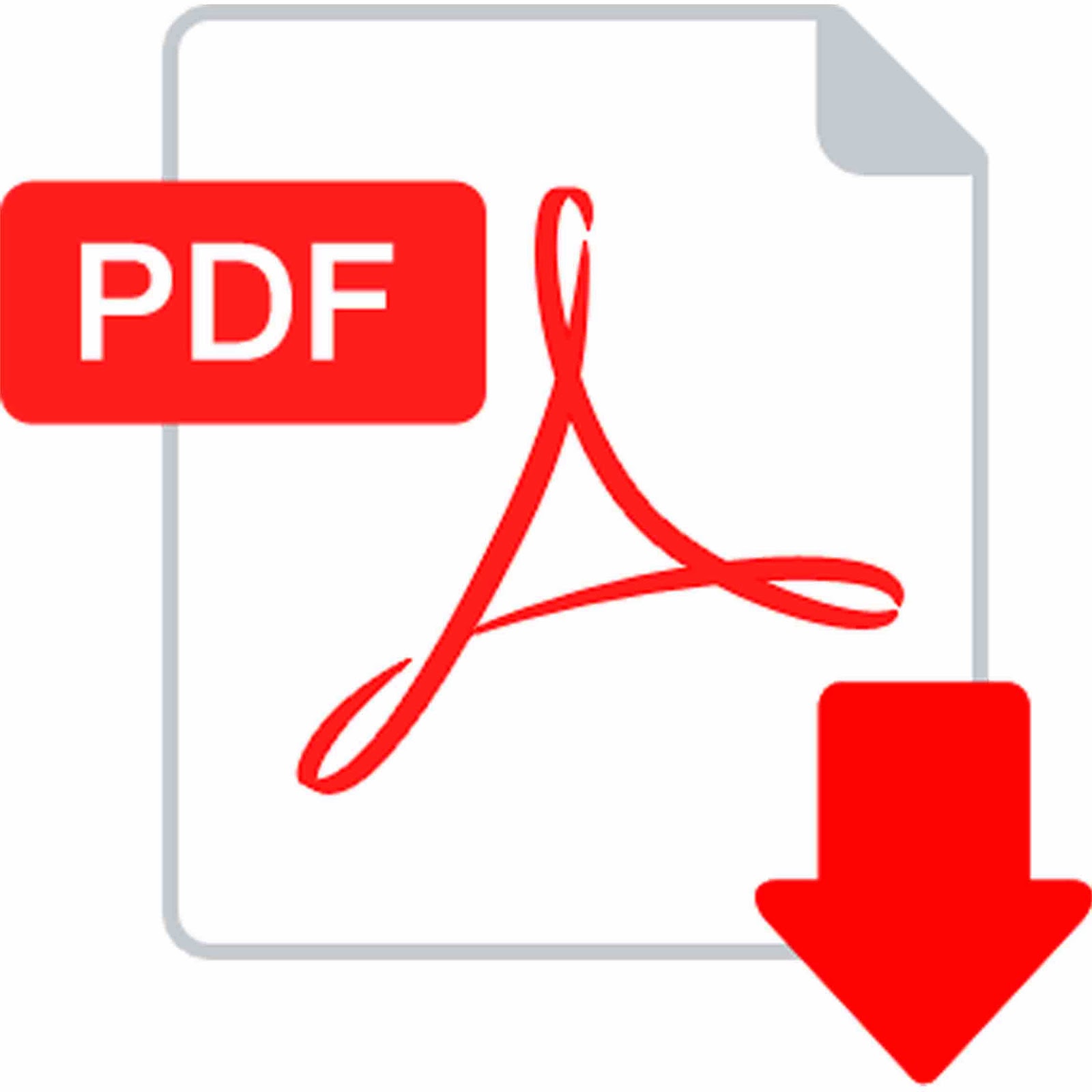| JEL Classification: L23; M11; M21. | DOI: https://doi.org/10.31521/modecon.V50(2025)-11 |
Zubar Ivan, PhD in Economics, Senior Lecturer of the Department of Public Management and Administration, Vinnytsia Mykhailo Kotsiubynsky State Pedagogical University, Vinnytsia, Ukraine
ORCID ID: 0000-0002-5112-421X
e-mail: ivan.zubar@vspu.edu.ua
Radzymovsky Vladyslav, Master’s student of the Department of of Public Management and Administration, Vinnytsia Mykhailo Kotsiubynsky State Pedagogical University, Vinnytsia, Ukraine
ORCID ID: 0009-0009-7642-8752
e-mail: vladyslav.radzymovskyi@vspu.edu.ua
Modern Approaches to Enterprise Change Management
Abstract. Introduction. The article is devoted to the analysis of existing models of change management in the enterprise and the determination of the prospects for their implementation in conditions of active influence of external factors.
Purpose. The purpose of the article is to analyze existing models of change management in the enterprise and determine the prospects for their implementation in conditions of active influence of external factors.
Results. The scientific approaches to interpreting the essence of the definition of change management are analyzed. It is proven that the concept of change management involves the reaction of an enterprise to the influence of external factors of the microenvironment, macroenvironment and external forces. The most common directions of changes in enterprises are established. These include technological, organizational, information and technological. In addition, changes in the management style, mission, goals and objectives of companies are also common. It is determined that the change management process tests the branding rating of the enterprise leader, the level of which enhances the desired results from changes. It is established that the change management process requires the formation of an appropriate model. The change management model structures the algorithm for implementing the appropriate changes. The key models of change management in the enterprise are analyzed. Among the main ones, Kurt Lewin’s change management model is identified (it includes three stages of the management process – defrosting, the direct change process and freezing the system). The potential of applying John Kottler’s change management concept (aimed at preventing typical errors in administrative management) was also studied. The Nadler-Tushman organizational change typology matrix was generalized, which will allow optimizing the identification of change categories in order to select an appropriate management model. Four conceptual categories of changes in management were identified: adjusting, adaptive, reorienting and reproducible.
Conclusions. It was determined that the choice of a particular approach to change management should be based on taking into account individual conditions. It was proven that in most cases effective change management requires the integration of several models. It was established that partial fragmentary models can be applied in addition to standard models, based on situational, adaptive, process, functional, contact and behavioral approaches.
Keywords: management; leadership; changes; change management model; strategic development.
References:
- Budnik, M. M. & Ivanova, Ja. Ju. (2020). Approaches and models of change management in the enterprise. Business Inform, 10, 370-376. DOI: https://doi.org/10.32983/2222-4459-2020-10-370-376.
- Voronkova, V. Gh. & Vengher, O.M. (2020). Formation of the concept of administrative management in the conditions of rapid development of technologies, stochasticity and adaptation to changes. Humanities studies, 3, 159-177. DOI: https://doi.org/10.26661/hst-2019-3-80-12.
- Zubar, I. V. (2024). Operational management in ensuring sustainable development of enterprises. Successes and achievements in science, 9, 549-558. DOI: https://doi.org/10.52058/3041-1254-2024-9(9)-549-558.
- Sakun, L. M., Burjak, Je. V., Riznichenko, L. V. & Vjeljkin, B. O. (2021). Management of strategic changes in the operational activities of an enterprise based on business process management. Bulletin of Khmelnytsky National University. Economic Sciences, 6(1), 73-79. DOI: https://doi.org/10.31891/2307-5740-2021-00-6-13.
- Stakhursjka, S. A., Tkachuk, S. V. & Stakhursjkyj, V. O. (2020). Menedzhment zmin u rozvytku orghanizaciji: pidkhody ta modeli. Intelekt XXI, 3, 102-107. DOI: https://doi.org/10.32782/2415-8801/2020-3.20.
- Chowdhury, A., & Shil, N.C. (2022). Understanding change management in organizational context: revisiting literature. Management and entrepreneurship: trends of development, 1(19), 28-43. DOI: https://doi.org/10.26661/2522-1566/2022-1/19-03.
- Edmondson, A. C. & Lei Z. (2014). Psychological Safety: The History, Renaissance, and Future of an Interpersonal Construct. Annual Review of Organizational Psychology and Organizational Behavior, 1, 23-43. DOI: https://doi.org/0.1146/annurev-orgpsych-031413-091305.
- Kotter, J. P. (1996). Leading Change. Boston: Harvard Business School Press.
- Lewin, K. (1952). Group Decision and Social Change. In G. E. Swanson, T. M. New Comb, & E.L. Hartley (Eds.). Readings in Social Psychology, 459-473.
- Nadler, D. A. & Tushman, M. L. (1995). Types of Organizational change: from incremental improvement to discontinuous transformation. In D. A. Nadler, R. B. Shaw, & A. E. Walton (Eds.). Discontinuous Change: Leading Organizational Transformation, 15-34.
Received: 23 March 2025

|
How to quote this article? |
| Zubar I., Radzymovsky V. (2025). Modern Approaches to Enterprise Change Management. Modern Economics, 50(2025), 83-88. DOI: https://doi.org/10.31521/modecon.V50(2025)-11. |










 Українська
Українська